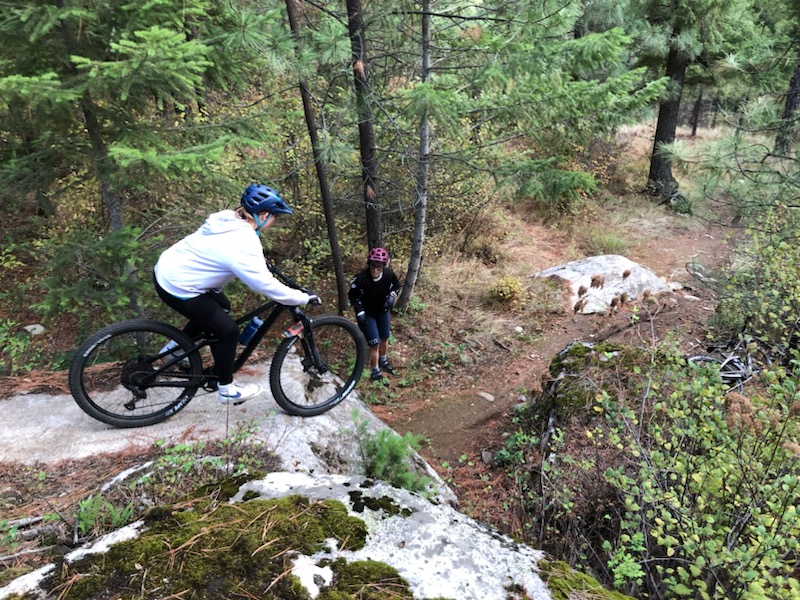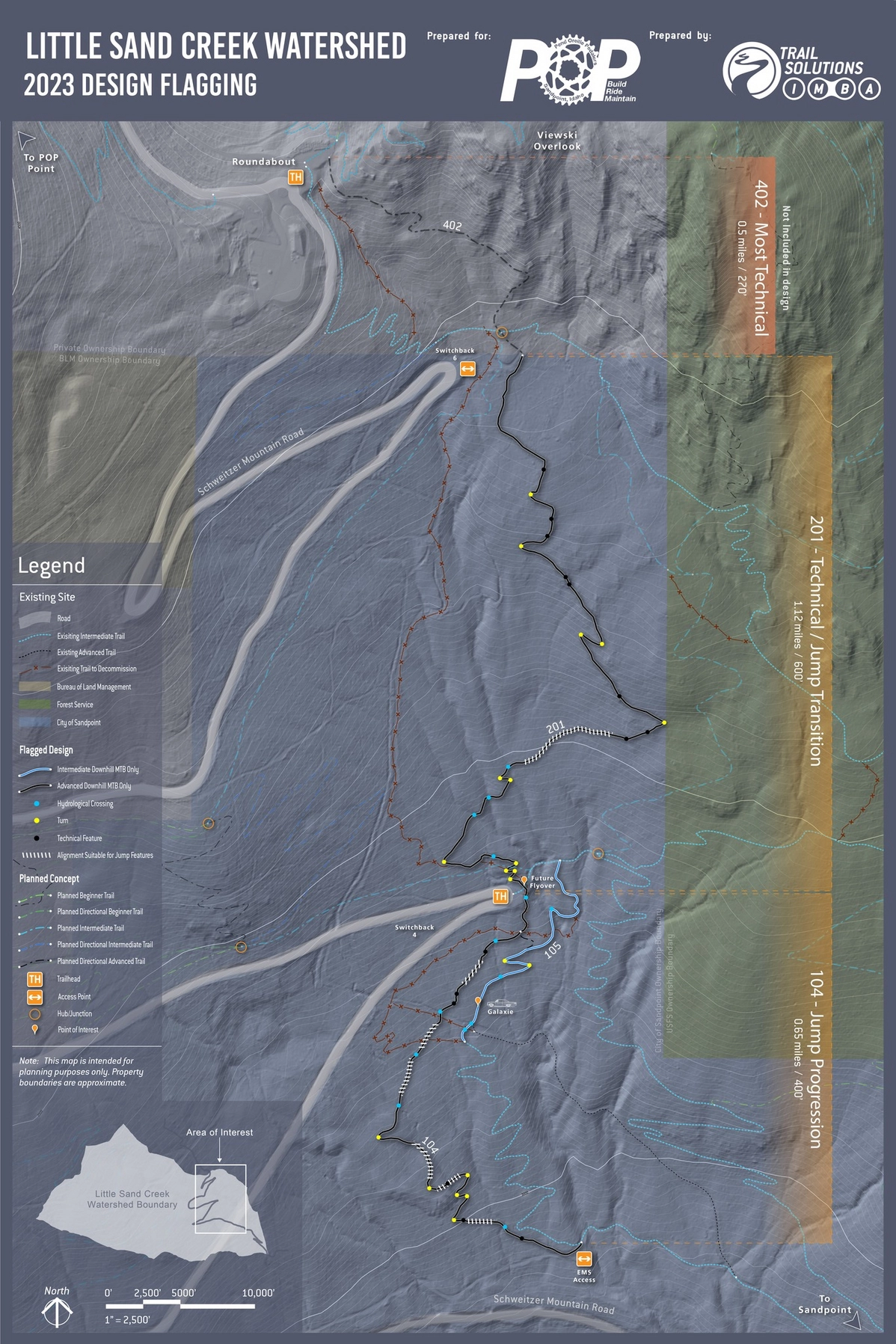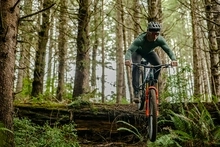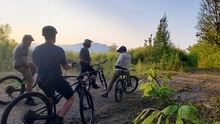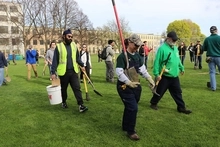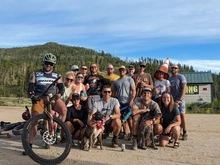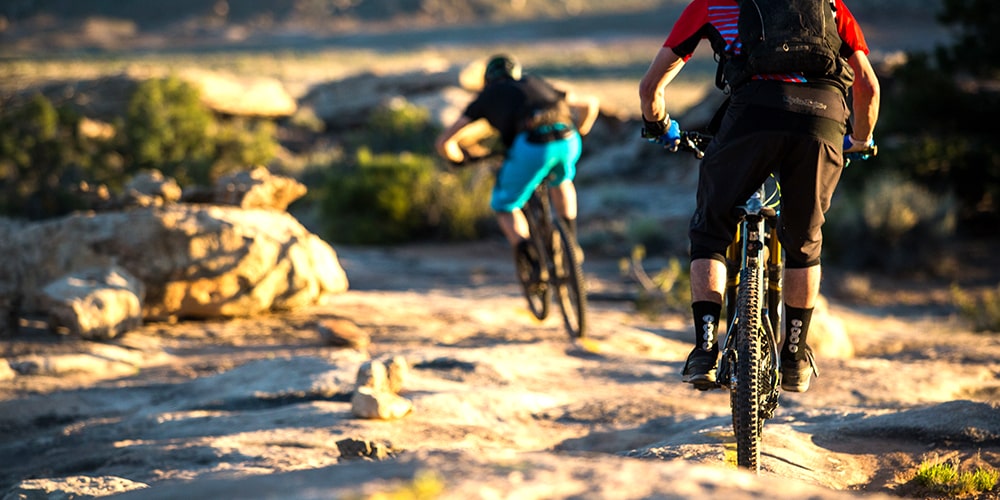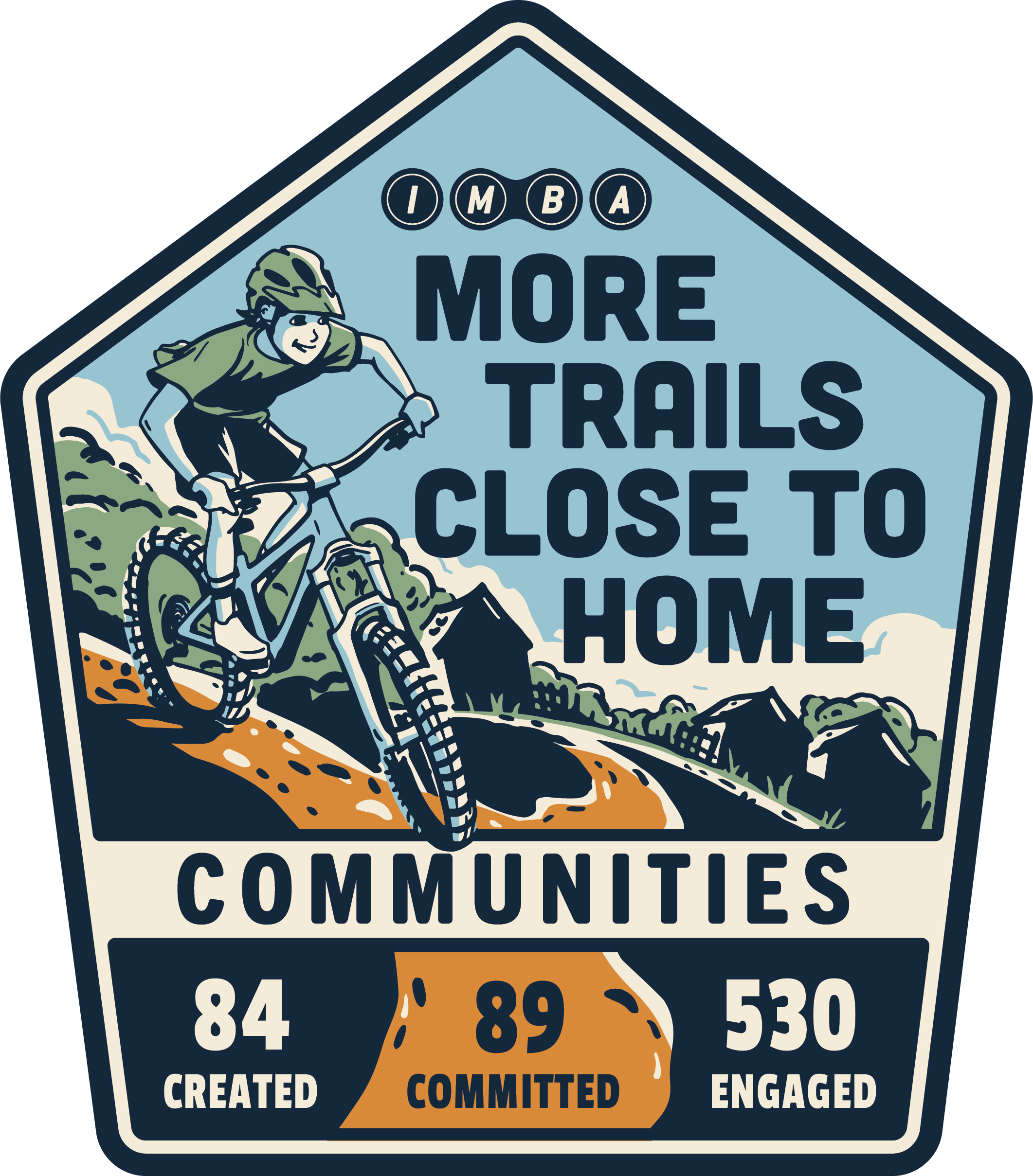Ten Years, Five Big Wins, Thousands of Mountain Bike Advocates
Nestled in the rural landscape of northern Idaho lies the vibrant community of Sandpoint, a haven for outdoor enthusiasts boasting a population of over 9,700 residents, with the county-wide population reaching 51,000. Surrounded by the Selkirk and Cabinet Mountains and graced by the serene shores of Lake Pend Oreille, Sandpoint offers a playground for outdoor adventures throughout the year. From skiing and snowboarding at Schweitzer ski resort to hiking, mountain biking, and water activities, the possibilities are endless. However, it wasn’t until the recent June 2023 completion of the Little Sandcreek Watershed Recreation Plan that the 8,000 acres of land connecting the top of Schweitzer Mountain to the valley floor could be legally envisioned as part of this natural playground mecca.
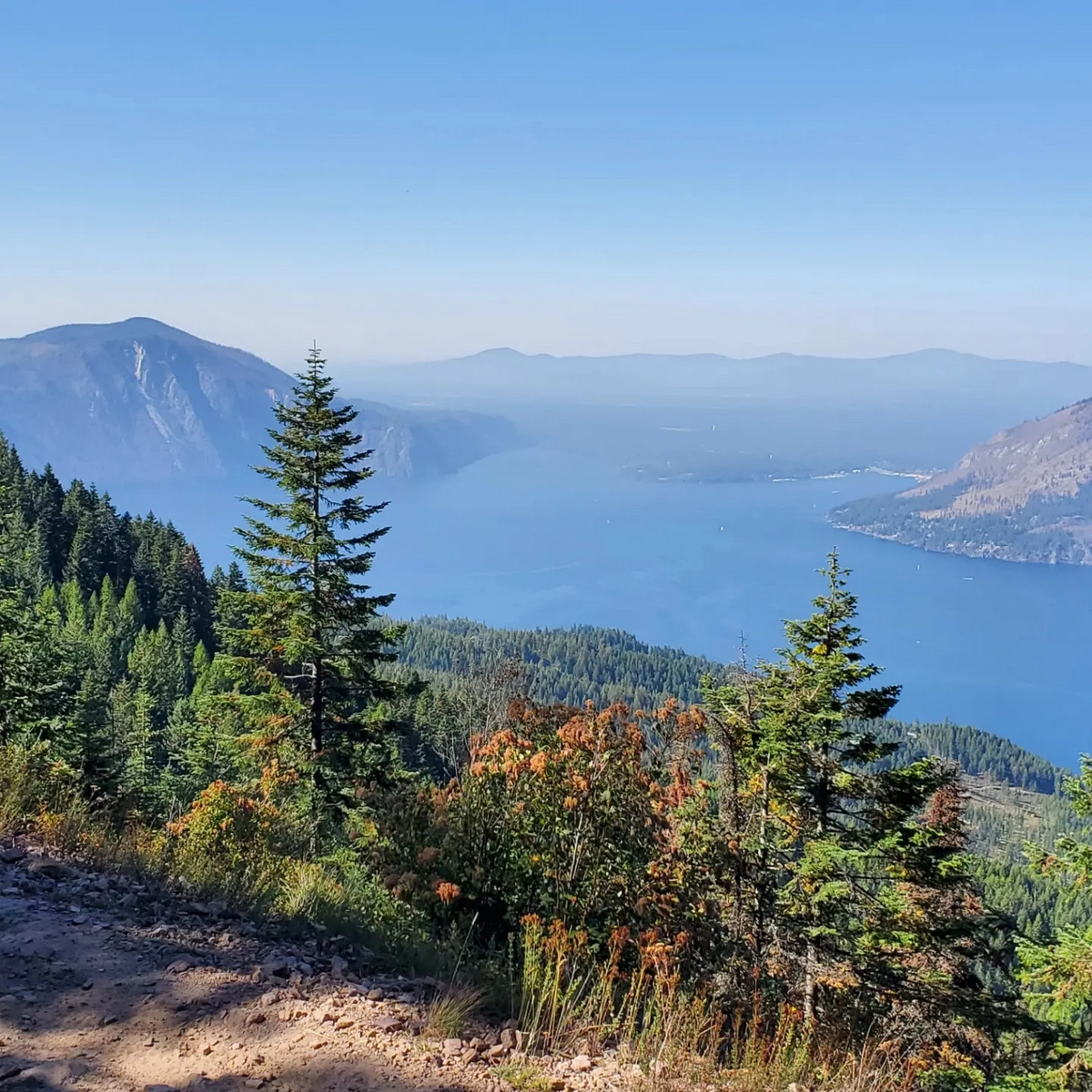
Watersheds & Ways Forward
The Little Sandcreek Watershed’s primary purpose is to provide clean drinking water for the community of Sandpoint as one of two water treatment facilities; the second one is located on the shores of Lake Pend Oreille. Of the 8,000 acres, approximately 4,000 acres are owned by the City of Sandpoint, and the other remaining parcels are owned by the U.S. Forest Service, U.S. Bureau of Land Management (BLM), Alterra Mountain Company who acquired Schweitzer in 2023, and Schweitzer Mountain Properties (SMP). Until 2015, previous City of Sandpoint Administrations had kept the City’s portion of the watershed closed to all recreation, but enforcement of access restrictions was constrained by the resources and limited staff.
The watershed is bisected by the paved Schweitzer Mountain Road, and for generations, recreationists have been exploring the watershed with easy road access, resulting in an informal, unregulated network of multi-use trails and “pull-off” style trailheads. Mountain bikers claim the majority use stake to the “Lower Basin” portion of the watershed that consists of flow and tech style downhill trails illegally built mostly along a utility corridor and now, after decades of use, are plagued with erosion and land owner regulatory conflicts. When the City lifted its recreation access ban on the watershed in 2015, it was through a formal memorandum agreement that the local bike advocacy group called the Pend Oreille Pedalers (POP), would maintain, fundraise and manage the construction of new sustainable multi-use routes for a more inclusive trail access.
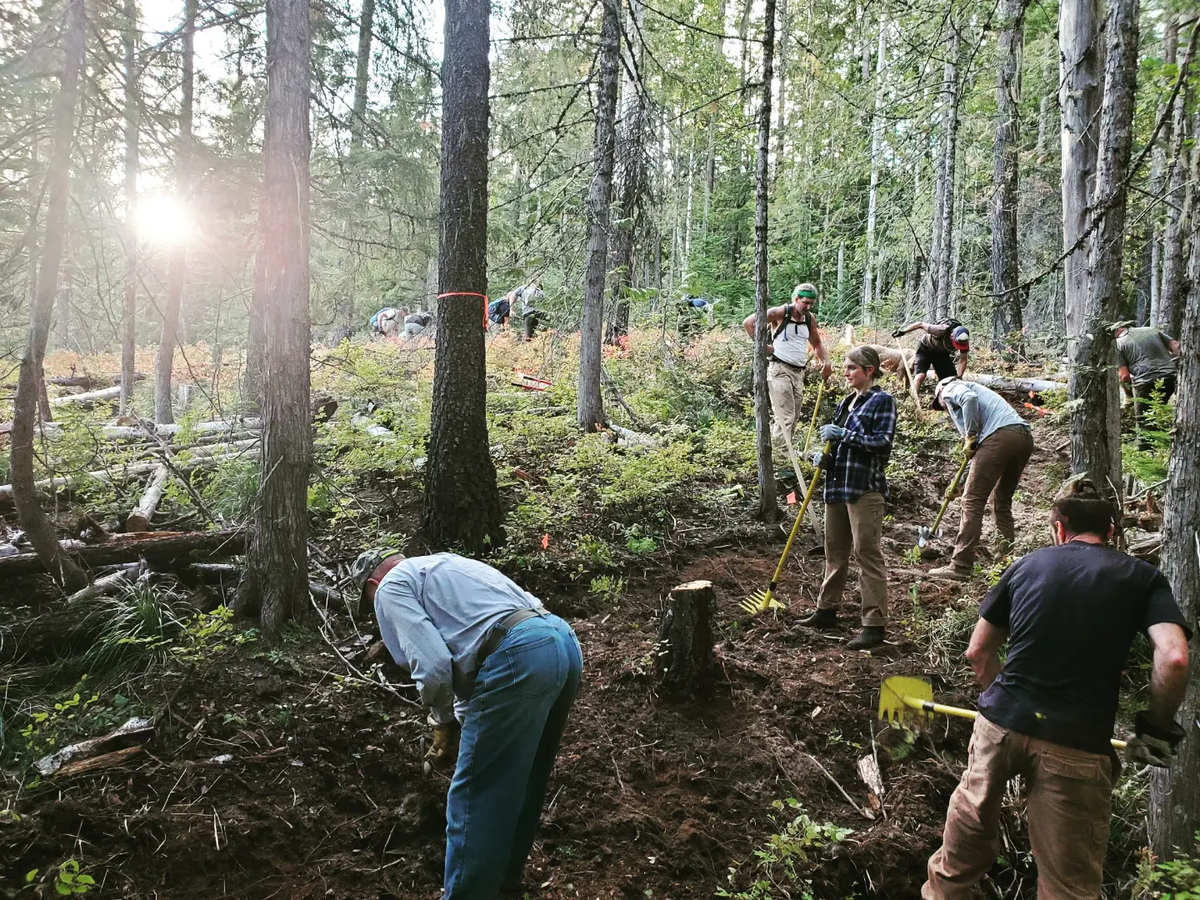
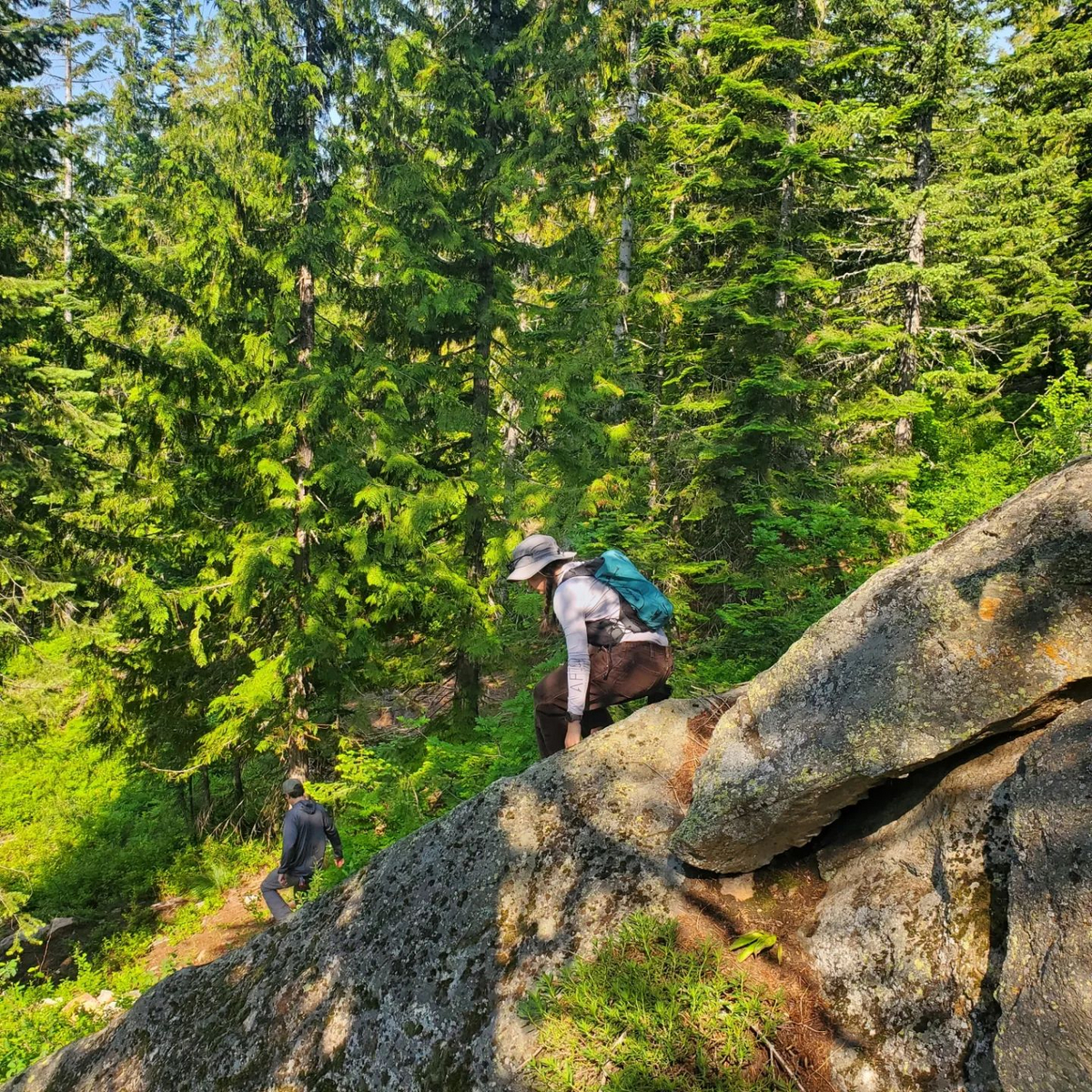
Within days of adopting the Little Sandcreek Watershed Recreation Plan, POP released its two-year trail development goals and rolled out a funding plan that would realize the decommissioning of the unsustainable downhill trails while constructing a new robust trail network that blends the best of the existing network with the imagination of top trail design-builders from around the country. Approximately 50 miles of new trails were identified for future development within the Watershed Recreation Plan and across multiple parcels. The trail planning for the recreation plan was done by the IMBA Trail Solutions team and led by project manager Leah Mancabelli. The plan was led by the author (Maeve Nevins-Lavtar, Park Planning Development Manager for the City of Sandpoint) in partnership with Betsy Bryne from the National Park Service – Rivers, Trails and Community Assistance Program. To learn more about the recreation plan development, read IMBA’s blog from February 2023.
The Plan Comes to Life
Given the complexity of trail coordination and time-pressing contracts at stake, project coordination meetings followed to discuss the upcoming projects. The LSC Watershed Recreation Plan's chapter regarding collaborative management entitled "Framework for Collaborative Management" (Page 47) has become a main driver in establishing trust with all of the land owners and empowered the recreational advocates to take charge in implementing the plan.
POP’s Executive Director, Jason Welker, said, “2024 is shaping up to be the single biggest year for trail development in Sandpoint. POP is working with the City, U.S. Forest Service, and SMP Development to bring new trails.” This year’s plan calls for something for every rider. Read more in-depth about POP’s plans in 2024.
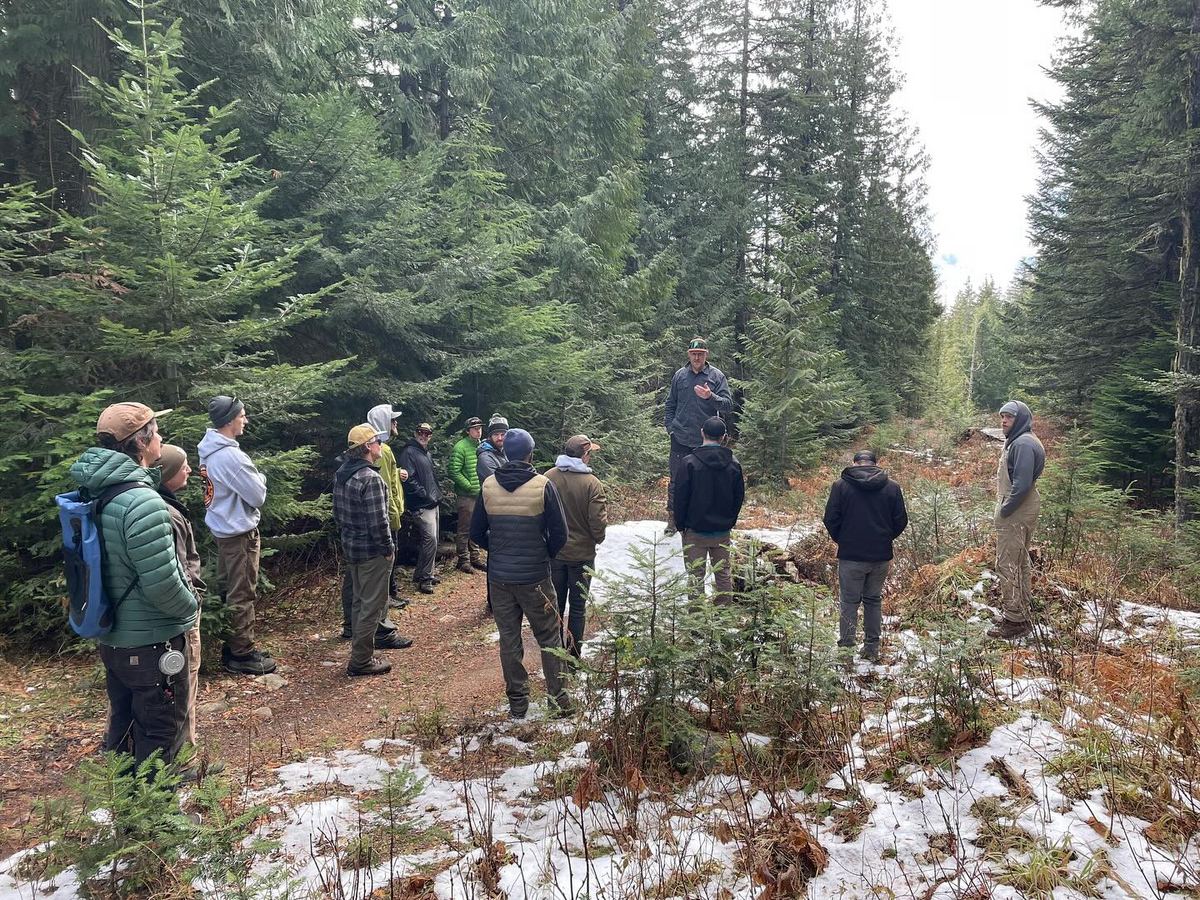
Fresh Momentum
With all of the momentum in the community, it may appear that Sandpoint was always in support of recreation development; however, much of the positive energy now in motion was fostered over a decade ago when former Mayors and City Planners planted the seeds and conducted the research that laid the foundation. Sandpoint’s newly elected Mayor, Jeremy Grimm, was one of those visionaries.
When he was the City’s former planning and economic development director over a decade ago, Jeremy had the foresight to support a 2012 study that considered the impact of public lands on rural communities completed by Headwaters Economics. An additional study through Headwaters Economics was funded by the Sandpoint Chamber of Commerce in 2018. Read the results here.
When Jeremy reflected on the long history of recreation development in the watershed, he said, “Projects like these trails take time and planning, volunteers, financial justification, and a visionary plan. The Headwaters study justified the recreation, and then it was a matter of developing a funding strategy. The entire process takes thoughtful persistence and a thorough understanding of what the obstacles are, whether on Forest Service Land or private land, etc., you have to understand the context and identify all known and unknown barriers. Funding comes at the end of strategic planning; you need management and all land use agreements in place first. Focus on celebrating the wins and don’t get bogged down when it takes time to see a vision become a reality.”
As Sandpoint continues to evolve into a premier destination for outdoor recreation, the impact of the Little Sandcreek Watershed Recreation Plan serves as a testament to the power of vision, partnership, and community-driven initiatives. With each mile of trail laid and each obstacle overcome, Sandpoint reaffirms its commitment to building a sustainable future for generations to come.
